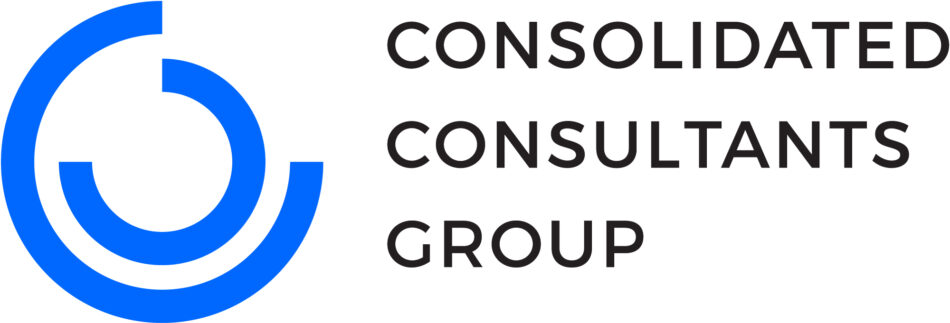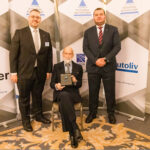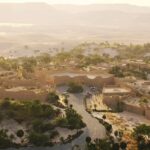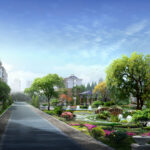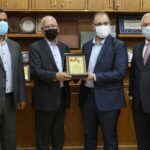The Wadi Musa city center project designed and engineered by CCG has been implemented by the Petra Development and Tourism Region Authority
The growth of the tourism sector in Jordan, following the announcement of Petra as one of the seven wonders, increased awareness of the economic potential of Petra and the urgency to explore and enhance it. Wadi Musa is Petra’s main gateway for tourists, it is the closest traditional settlement to Petra and the largest in the region. Most public facilities, transport facilities, banks and administrative services for the Petra Region are located there. Its strategic location enhances its importance, and the project, covering approximately 59,000m2, is aimed at transforming Wadi Musa city center into a global tourism destination.
Petra Development and Tourism Region Authority (PDTRA) tendered the Urban Development and Tourism Planning proposal for Wadi Musa Downtown in 2012. The project was assigned to Consolidated Consultants Group.
Head of CCG's Urban Planning Unit, Nashwa Suboh, emphasized that "The main objective of the project is to improve Wadi Musa’s infrastructure, introduce a public garden, and solve traffic problems in the center. We are pleased to see that it is complete and ready to benefit the destination as part of the strategic plan for the region, which seeks to transform Wadi Musa's city center into a global tourist destination."
The vision
The vision was to transform the town center into a pleasant place where people and visitors can work, entertain and interact. In other words, the urban spaces of the town center were to be turned into an attractive and pedestrian friendly environment that provides a variety of activities and solutions to match the local nature, culture and history of the city. Another project aim was to solve the traffic congestion. The enhancements will encourage tourists to visit the town and spend some time there, a positive impact on tourism that will “create a world tourism destination” in the town with far reaching benefits.
The project included the development of an integrated plan that improved the urban image and dealt with the traffic problems and lack of parking areas. Several alternatives were proposed for Wadi Musa's revitalization that included a number of tourist attractions and open spaces to benefit the local community, enhance the architectural aesthetic, and create an attractive environment for future investments.
The project
The project components included designing a car park building to accommodate 350 cars and a public plaza of 5,000m2, rehabilitating and removing violations of the commercial streets and facades, rehabilitating the open spaces and sidewalks, and solving traffic congestion problems. The plan also included linking Wadi Musa Downtown with Elgi Village and the entrance to Petra Archeological Park. The development introduced a new model for sustainable growth, considering development principles and traffic solutions.
The process was sequential and consisted of four stages; stage one included assessing the current situation and conducting the survey works; stage two comprised the urban design phase where the vision was established, scenarios were defined, the project program was developed, and the conceptual design was prepared; stage three included the detailed urban and architectural design phase with the preparation of the whole set of drawings and preliminary cost estimates; and stage four consisted of completing the required drawing sets and preparing the project documents and final cost estimate report.

The challenges
Various challenges were encountered during the project. These were clearly identified during the assessment of the current situation which included open space and sidewalks abuse, shortage of open public space, violations on building facades and sidewalks, traffic congestion, lack of parking areas, unorganized infrastructure and exposed electrical wires, dishes, and more.
The team addressed these challenges in the proposed masterplan, based on the findings of the current situation studies, the local community and stakeholder needs, and set the recommended solutions as well as designed the necessary public plaza and car parking building that will solve the traffic congestion problem.
The outcome
It has recently been announced by the Jordanian Al-Rai News Agency that the Wadi Musa city center project has been implemented by The Petra Development and Tourism Region Authority. It will be operated as a service and commercial center, and as a tourist destination for visitors.
The enhancements will attract tourists and locals to a site that is an ideal zone for souvenir shops, cafés and an open green area. This gives an opportunity to develop a unique spatial character that combines an open space within the city center. Additionally, when this development is completed, it will give the chance to sustain a vibrant and livable downtown area, which will enhance economic growth, as well as social and cultural wellbeing.
The Vice President of Petra Region, Dr. Khalil Abu Hammour, said that the implementation of the project is part of the strategic plan for the region. The plan aims to improve services, infrastructure, and diversify the tourism offering and the Wadi Musa project establishes a cultural center and facilities that “serve the people and enrich the visitor’s tourist experience” as well as offer investment opportunities for members of the community. He also stated that rather than seeking to profit from this project, the authority’s aim is to provide a service and tourism center.
As a result of the work on the Wadi Musa city center project, CCG was awarded with the 2014 “Prize for Excellence in Consultancy Services / Specialized Engineering field” for Urban Planning Consultation by the Ministry of Public Works.


